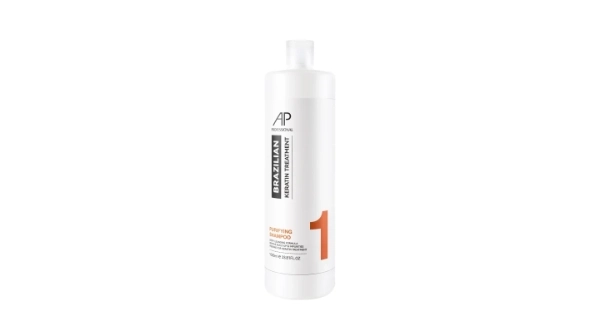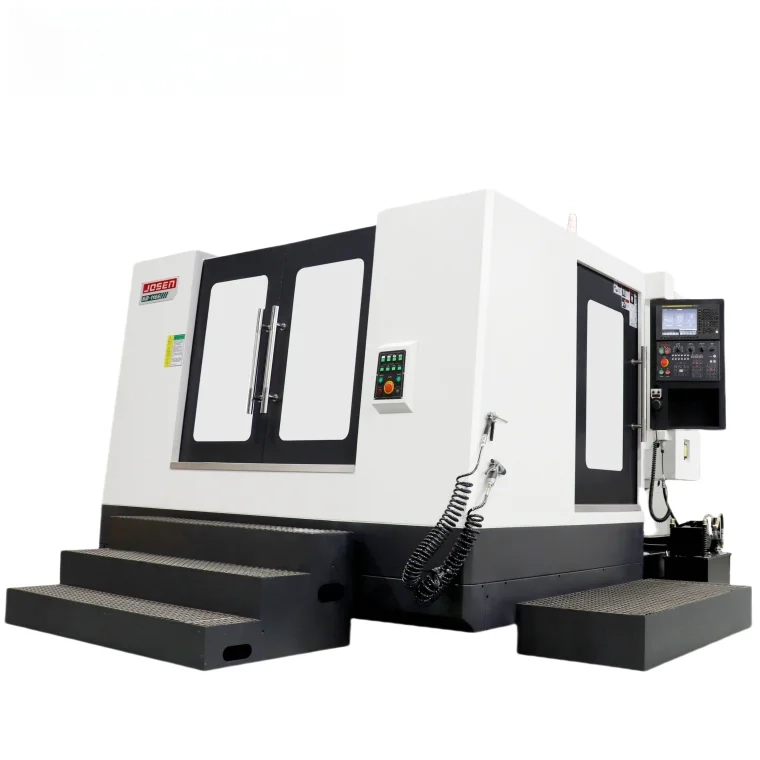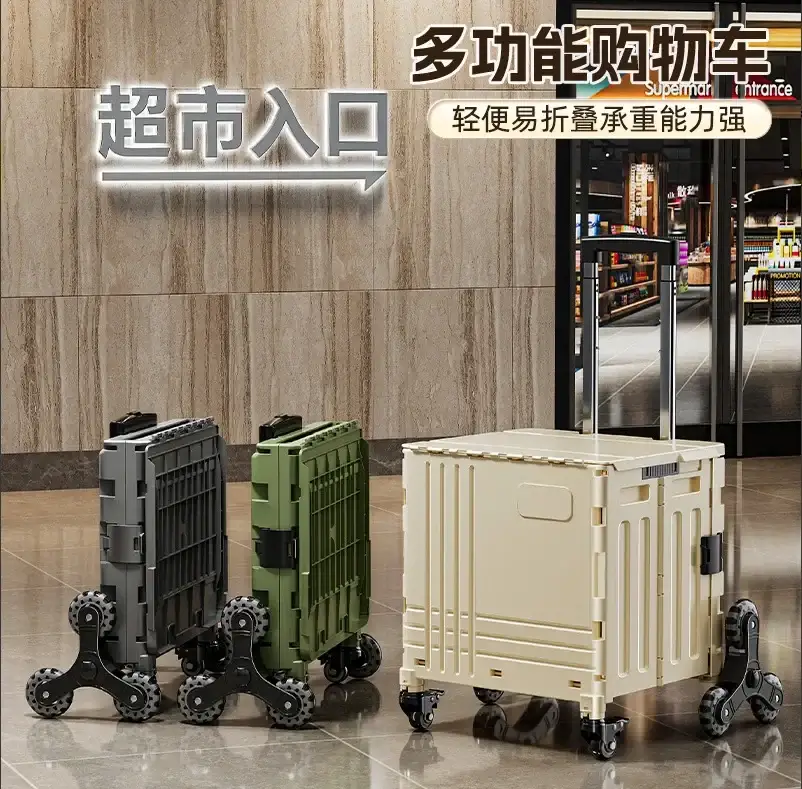When it comes to selecting materials for outdoor applications, one of the most critical factors to consider is weather resistance. The right metal can significantly enhance the longevity and durability of structures, vehicles, and equipment exposed to harsh environmental conditions. In this article, we will explore the most weather-resistant metals, their properties, and their applications, providing you with a comprehensive understanding of how to make informed choices for your projects.
Understanding Weather Resistance in Metals
Weather resistance refers to a metal's ability to withstand various environmental factors, including moisture, temperature fluctuations, UV radiation, and corrosive elements like salt and pollutants. Metals that exhibit high weather resistance typically possess specific characteristics, such as corrosion resistance, thermal stability, and UV resistance.
Top Weather-Resistant Metals
- Stainless Steel
- Composition and Properties: Stainless steel is an alloy primarily composed of iron, chromium, and nickel. The chromium content (at least 10.5%) forms a passive layer of chromium oxide on the surface, which protects the underlying metal from corrosion.
- Weather Resistance: Stainless steel is highly resistant to rust and corrosion, making it suitable for marine environments and areas with high humidity. Its ability to withstand extreme temperatures also makes it a preferred choice for applications ranging from kitchen appliances to architectural structures.
- Applications: Commonly used in outdoor furniture, railings, and marine hardware, stainless steel is ideal for environments where aesthetics and durability are paramount.
- Aluminum
- Composition and Properties: Aluminum is a lightweight metal known for its excellent strength-to-weight ratio. It naturally forms a protective oxide layer that enhances its corrosion resistance.
- Weather Resistance: While aluminum is not as strong as stainless steel, it is highly resistant to corrosion, particularly in non-saline environments. Its low density makes it an attractive option for applications where weight is a concern.
- Applications: Aluminum is widely used in the aerospace industry, automotive components, and outdoor structures like awnings and canopies due to its lightweight and weather-resistant properties.
- Copper and Copper Alloys
- Composition and Properties: Copper is a ductile metal with excellent thermal and electrical conductivity. When alloyed with other metals, such as zinc (to form brass) or tin (to form bronze), its properties can be enhanced.
- Weather Resistance: Copper develops a patina over time, which protects it from further corrosion. This natural weathering process makes it suitable for roofing and architectural applications.
- Applications: Copper is commonly used in roofing, gutters, and downspouts, as well as in decorative elements due to its aesthetic appeal and durability.
- Titanium
- Composition and Properties: Titanium is a strong, lightweight metal known for its exceptional corrosion resistance and high strength-to-weight ratio. It is often alloyed with aluminum and vanadium to enhance its properties.
- Weather Resistance: Titanium's resistance to corrosion is unmatched, particularly in harsh environments such as saltwater. It does not rust and can withstand extreme temperatures, making it ideal for aerospace and marine applications.
- Applications: Titanium is used in high-performance applications, including aircraft components, marine hardware, and medical implants, where durability and resistance to harsh conditions are critical.
- Zinc
- Composition and Properties: Zinc is a relatively inexpensive metal that is often used as a protective coating for steel (galvanization). It has a lower melting point and is less dense than many other metals.
- Weather Resistance: Zinc's primary weather-resistant property comes from its ability to corrode preferentially, protecting the underlying steel from rust. This sacrificial protection makes it ideal for outdoor applications.
- Applications: Commonly used in roofing, fencing, and outdoor structures, galvanized steel is a popular choice for its cost-effectiveness and durability.
Factors to Consider When Choosing Weather-Resistant Metals
When selecting a metal for outdoor applications, consider the following factors:
- Environmental Conditions: Assess the specific environmental conditions the metal will be exposed to, including humidity, temperature extremes, and exposure to salt or pollutants.
- Mechanical Properties: Evaluate the strength, weight, and flexibility required for your application. Some metals may be more suitable for structural applications, while others excel in decorative uses.
- Cost and Availability: Consider the budget and availability of the materials. While some metals may offer superior weather resistance, they may also come with a higher price tag.
- Maintenance Requirements: Some metals require more maintenance than others. For example, while copper develops a protective patina, it may require periodic cleaning to maintain its appearance.
Conclusion
Choosing the right metal for weather resistance is crucial for ensuring the longevity and durability of outdoor applications. Stainless steel, aluminum, copper, titanium, and zinc each offer unique properties that make them suitable for various environments. By understanding the characteristics and applications of these metals, you can make informed decisions that will enhance the performance and lifespan of your projects. Whether you are designing a building, constructing outdoor furniture, or developing automotive components, selecting the most weather-resistant metal will ultimately lead to better results and reduced maintenance costs.






+ There are no comments
Add yours